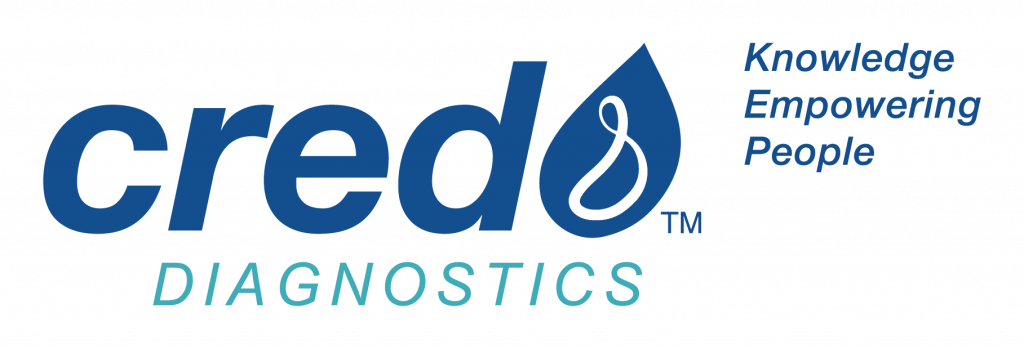Precision You Can Trust For The Bond Your Cherish
Gastrointestinal pathogens like CPV, FPV, and FCoV can lead to life-threatening conditions in both dogs and cats especially in unvaccinated or young animals. Early molecular detection is critical to guide timely and appropriate treatment.
For Veterinary Use Only
QubeMDx+™
Canine GI Assay
(CPV/CCV/Giardia)
Canine Parvovirus is a highly contagious virus that severely impacts puppies, leading to intense vomiting, diarrhea, and dehydration. Among unvaccinated and untreated puppies, the morbidity rate can reach 100%, and the mortality rate is as high as 91%1.
On the other hand, Canine Coronavirusm, can co-infect with Canine Parvovirus (CPV), leading to more severe clinical outcomes, including heightened risks of intestinal damage and mortality2.
1. Ref. TemizkanMC, Sevinc TemizkanS. Canine Parvovirus in Turkey: First Whole-Genome Sequences, Strain Distribution, and Prevalence. Viruses. 2023 Apr 13;15(4):957. doi: 10.3390/v15040957. PMID: 37112937; PMCID: PMC10145800.
2. Greene, Craig E. Infectious diseases of the dog and cat. No. Ed. 3. 2005.
For Veterinary Use Only
QubeMDx+™
Feline GI Assay
(FPV/FCoV/Giardia)
Feline Parvovirus (FPV) is a highly aggressive pathogen that targets rapidly dividing cells, posing a dire threat to cats, particularly kittens. This devastating disease can be fatal, with a significant mortality rate ranging from 50% to 80% in infected cats. For unvaccinated or untreated kittens, or those without adequate care, the prognosis is even more severe, with mortality rates escalating to as high as 90%3.
While Feline Coronavirus (FCoV) is a common viral infection among cats and typically presents with mild or no clinical signs, it carries a severe potential risk: in a subset of cases, it can undergo a dangerous mutation. Approximately 10% of FCoV infections can progress into Feline Infectious Peritonitis (FIP), a devastating and historically fatal disease. Untreated FIP carries an extremely grim prognosis, with a staggering 96% historical fatality rate.4, 5
3. Truyen, Uwe, et al. “Feline panleukopenia. ABCD guidelines on prevention and management.” Journal of Feline Medicine & Surgery 11.7 (2009): 538-546.
4. Tasker, Séverine. “Diagnosis of feline infectious peritonitis: Update on evidence supporting available tests.” Journal of Feline Medicine and Surgery 20.3 (2018): 228-243.
5. Tasker, Séverine. “Diagnosis of feline infectious peritonitis: Update on evidence supporting available tests.”Journal of Feline Medicine and Surgery20.3 (2018): 228-243.
Diagnostic Work Flow
Sample Collection
Extraction
Transfer
Results in 20 minutes
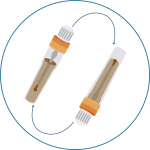

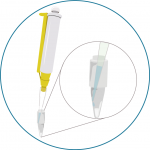
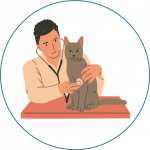
Dissolve feces or a rectal swab in a fecal collection tube containing normal saline.
Add 2 drops to the Extraction Tube to release nucleic acids.
Transfer the sample to the reagent tube, then initiate the PCR reaction.
Results delivered in real-time for immediate decision-making.
On-Site Molecular Precision
- 20 Minutes Time-To-Result
- Easy Sample Preparation
Comprehensive Detection
- Multiple Targets In 1 Test
- Differentiate Parasitic And Viral Infections
Reduce Transmission
- Disease Prevention
- Subject Screening
QubeMDx+™ Canine GI Assay (CPV/CCV/Giardia)
Cat. No.
PCRCQ3112
Quantity
10 tests/box
Technology
PCR
Hands-on Time
< 5 min
Turnaround Time
20 minutes
Kit Storage
5 – 25 °C / 41 – 77 °F
Targets
Canine parvovirus
Canine coronavirus
Giardia spp.
Sample Types
Stool, and rectal swabs
QubeMDx+™ Feline GI Assay (FPV/FCoV/Giardia)
Cat. No.
PCRCQ3103
Quantity
10 tests/box
Technology
PCR
Hands-on Time
< 5 min
Turnaround Time
20 minutes
Kit Storage
5 – 25 °C / 41 – 77 °F
Targets
Feline parvovirus
Feline coronavirus
Giardia spp.
Sample Types
Stool, and rectal swabs
QubeMDx+™ Feline Bacterial Assay (M.felis/C.felis/Bbronc)
Cat. No.
PCRCQ3102
Quantity
20 tests/box
Technology
PCR
Hands-on Time
< 2 min
Turnaround Time
20 minutes
Kit Storage
5 – 25 °C / 41 – 77 °F
Targets
Mycoplasma felis
Chlamydophila felis
Bordetella bronchiseptica
Sample Types
Respiratory, corneal, and conjunctival swabs
